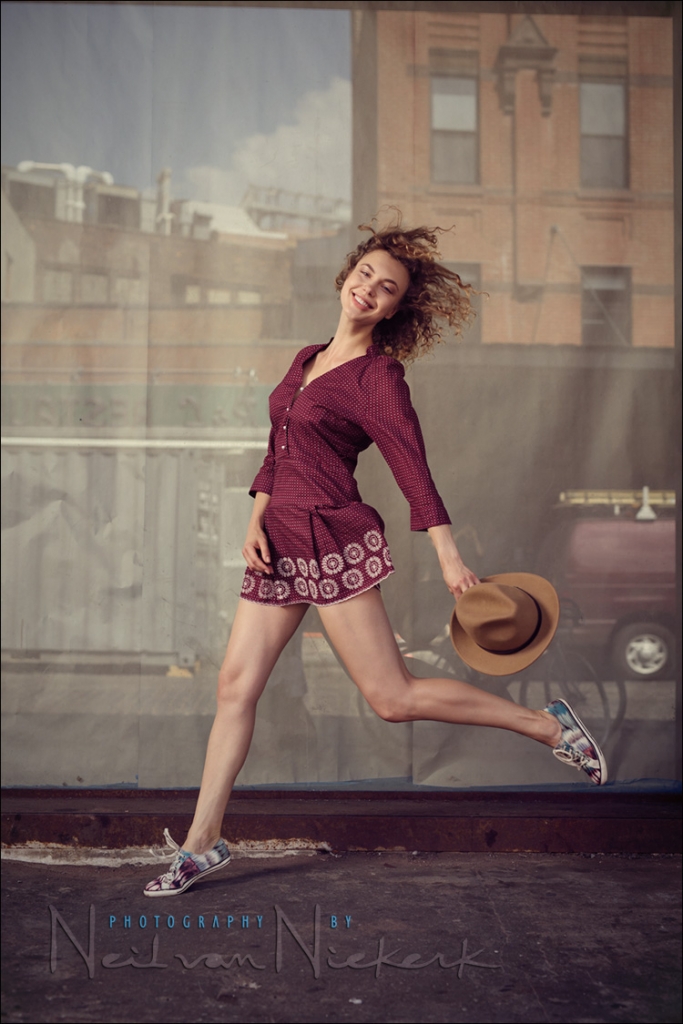Recently picked up a clean, used FL-600r for my E-M1 ii. It works just fine in any mode. It's not a huge flash in terms of GN, but certainly adequate for my uses and the TTL exposure seems quite consistent.
My question regards balancing ambient light and flash contribution to exposure:
I can take full control in Manual exposure and flash modes and use aperture and ISO to control the ambient exposure while dialing down the flash power to control the flash contribution. This works as expected.
I assumed I could do the same with the E-M1 in A mode with the flash set to TTL Auto. Using flash compensation to control the flash contribution works just fine. However, I thought that I could dial in some positive exposure compensation to balance a negative flash compensation and it appears to do nothing regardless of the exposure compensation setting.
What am I getting wrong here?
Thanks for any help.
--
A government that has the power to correct any injustice and level any inequality has the power to do ANYTHING it wants.
My question regards balancing ambient light and flash contribution to exposure:
I can take full control in Manual exposure and flash modes and use aperture and ISO to control the ambient exposure while dialing down the flash power to control the flash contribution. This works as expected.
I assumed I could do the same with the E-M1 in A mode with the flash set to TTL Auto. Using flash compensation to control the flash contribution works just fine. However, I thought that I could dial in some positive exposure compensation to balance a negative flash compensation and it appears to do nothing regardless of the exposure compensation setting.
What am I getting wrong here?
Thanks for any help.
--
A government that has the power to correct any injustice and level any inequality has the power to do ANYTHING it wants.
Last edited:

